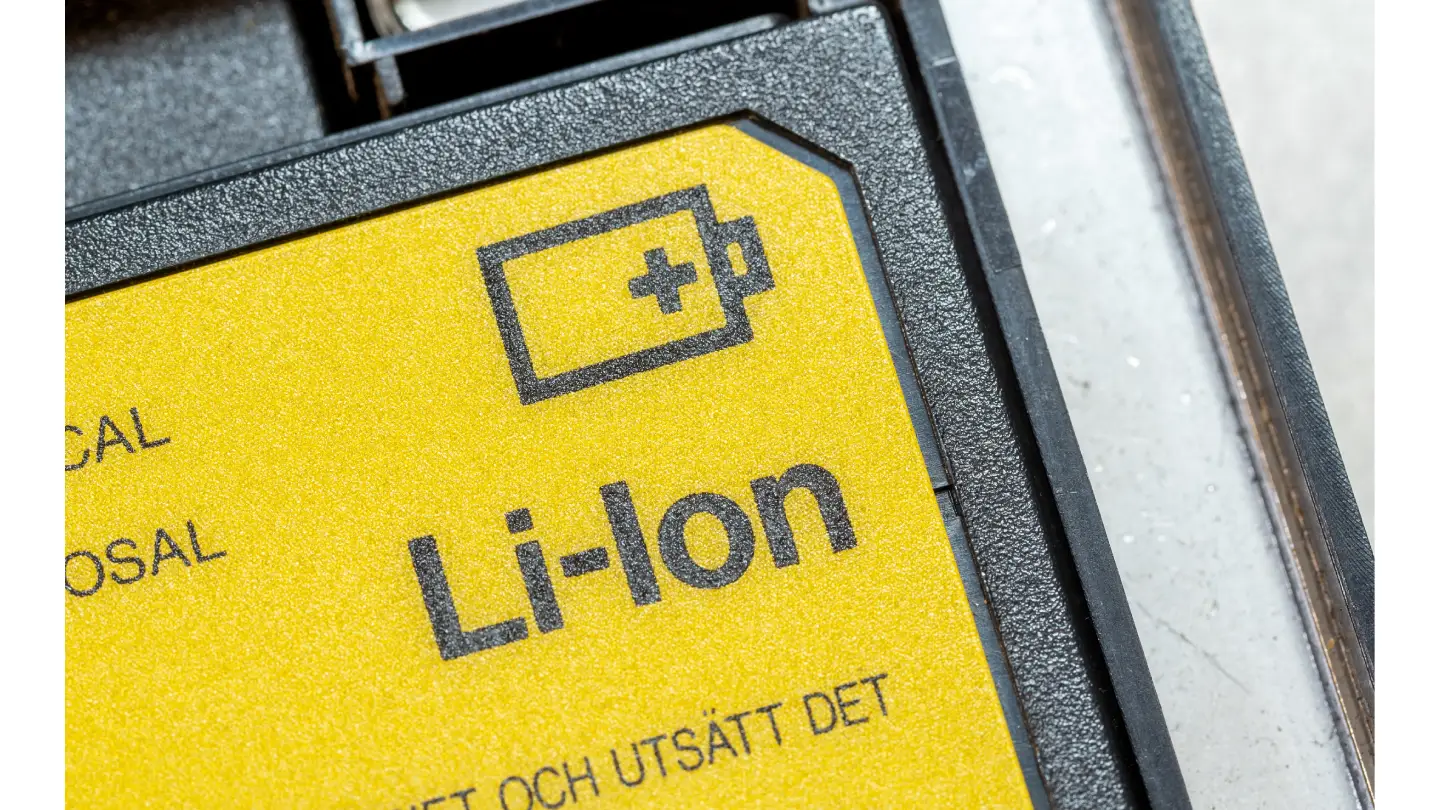Nevada North Lithium Project (NNLP) in Elko County in northern Nevada, the US, is owned by Canadian-based mineral exploration company Surge Battery Metals.
Drilling campaigns in 2022, 2023, and 2024, confirmed a strongly mineralised zone of lithium bearing clays at the property stretching a strike length of more than 4,300m and a known width of more than 1,500m.
In June 2025, Surge Battery Metals announced the results of 2025 Preliminary Economic Assessment Study (PEA) for the Nevada North Lithium Project.
The PEA indicated strong economic potential of a new large-scale, long-life open pit operation at the site designed to produce battery-grade lithium carbonate.
It outlined a two-phase approach over an initial 42-year mine life (LOM). In Phase I, the processing throughput is set at 2.58 million tonnes per annum (Mtpa), which is expected to double to 5.15Mtpa in Phase 2, set to commence in the fourth year of production.
The study estimated that the two phases will entail a capital expenditure of $5.3bn.
Nevada North Lithium is expected to produce 86,300 tonnes/year LCE on average, totalling 3.63 million tonnes LCE over the LOM at a lithium recovery of 82.8%.
Nevada North Lithium Project Location
The Nevada North Lithium Project is located in the Granite Range southeast of Jackpot, Nevada. The site is around 73km north-northeast of Wells, Elko County, Nevada.
According to a 2024 technical report on the project, NNLP comprises 685 federal unpatented lode mining claims with a combined area of around 5,265ha on lands administered by the Bureau of Land Management (BLM).
Total area of the project is approximately 5,621ha, including an additional 356ha area under minority ownership of subsurface mineral rights on privately-owned parcels.
The project can be accessed via a paved highway and county-maintained gravel roads.
Geology and Mineralisation
The Northern Nevada Lithium Project is characterised by sedimentary and felsic volcaniclastic rocks of the Tertiary-age Humboldt Formation, located within the fault-bounded Texas Spring Basin.
The Texas Spring Basin is bordered by ridges with Paleozoic-Mesozoic metasedimentary rocks. To the west, these rocks are intruded by the Cretaceous-age Contact Granite, which hosts historical mines in the Contact Mining District.
The main sedimentary sequence comprises interbedded welded ash flow tuff and clay-rich siltstone and shale, referred to as claystone.
Multiple claystone beds exhibit significant lithium enrichment over a stratigraphic interval of approximately 180m, with the upper sequence displaying thicker and higher lithium concentrations.
The lithium-enriched claystone in the NNLP is dark with seams of blue-grey clay, and when wet, it has a plastic texture similar to potter’s clay.
NNLP Mineral Resource Estimate
The PEA is based on the inferred Mineral Resource Estimate (MRE) effective October 2024.
The property has a pit-constrained Inferred Resource of 8.65Mt Lithium Carbonate Equivalent (LCE) grading 2,956 ppm lithium at a 1,250ppm cutoff.
Mining and Production
The NNLP is designed as a straightforward truck and shovel operation which will focus on the shallow, high-grade sections of the resource during the initial phase of mining.
The open pit is expected to yield 205 million tonnes of mineralised material, averaging a lithium grade of 4,016ppm. Additionally, 238 million tonnes of waste material will be extracted, resulting in a low strip ratio of 1.16.
This operation will span 42 years, divided into 14 pit phases, including a three-month pre-production period, using an owner-operated mining fleet.
The average production over the mine’s lifespan is projected to be approximately 86,300 tonnes per year of LCE.
According to the PEA, the processing method will involve employing sulphuric acid leaching along with industry-standard techniques to produce high-purity lithium carbonate. This will be later refined to battery-grade quality.
The project will produce acid on-site from elemental sulphur to reduce site traffic, eliminate the risks associated with acid shipping, and decrease the plant’s electricity demand.
Contractors Involved
The Nevada North Lithium Project PEA was led by M3 Engineering & Technology and Independent Mining Consultants (IMC).
Kautz Environmental Consultants provided services related to cultural resource impacts at the lithium project.
In May 2023, Surge Battery Metals contracted BGC Engineering of Calgary, Alberta, to further delineate the potential resource at the property. The company conducted Towed Transient Electromagnetic (tTEM) survey and Electrical Resistivity Tomography (ERT) surveys at the property.
Surge Battery Metals also hired McGinley & Associates for hydrologic services.




